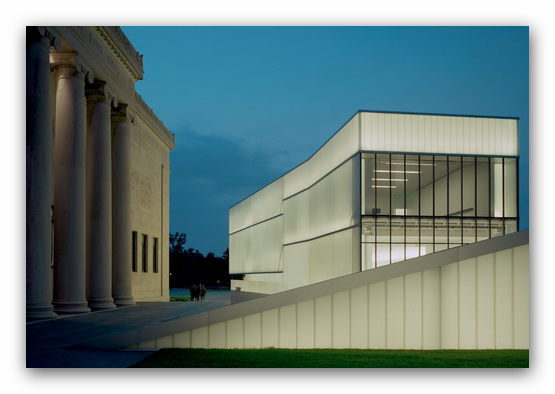Jul 21 2018 - Jan 10 2019
Kansas City, MO
During the 1600s, a new multi-block technique called douban revolutionized printmaking in China. Invented centuries after the single woodblock printing technique, the new method produced the world’s first true multicolor prints. With douban, printmakers could create gradations of color and shading that rivalled what could be achieved with a paintbrush.
The artists who created The Ten Bamboo Studio Manual of Calligraphy and Painting (about 1633), and The Mustard Seed Garden Painting Manual (1679-1701) pioneered this new technique. A collaborative effort among leading painters, carvers, and printers, the two albums were conceived as painting manuals. They provided a how-to guide for aspiring artists in East Asia during a time when access to tutors and classical paintings was limited. They were not, however, simply instructional; their elegant designs and fresh colors made them works of art in their own right.
The paintings on view in this gallery feature classical motifs representing the landscapes, plants and wildlife cultivated in Chinese gardens. These natural subjects inspired the contents of the printed manuals.
Credit: Exhibition overview from museum website
Image: Wang Gai, Chinese (1645-1707). The Mustard Seed Garden Painting Manual, Part 3, Vol. 4: Birds, Flowers, and Fruits, 1679-1701. Woodblock prints on paper, Overall: 11 1/4 x 6 1/2 inches. Purchase: William Rockhill Nelson Trust, 35-263/4.
Exhibition Venues & Dates
Jul 21 2018 - Jan 10 2019
Kansas City, MO

